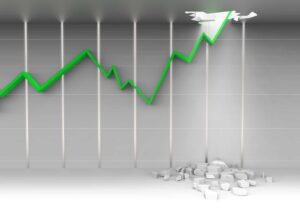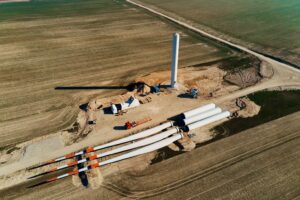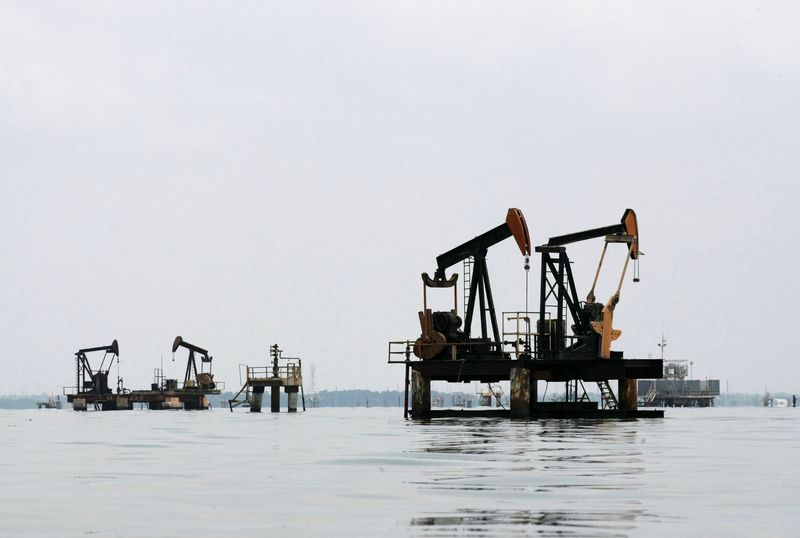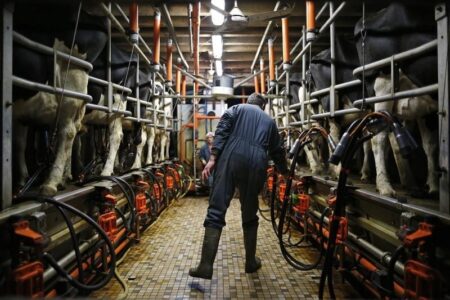BEIJING (Reuters) – Oil extended gains in Asian trade on Thursday after a surprise drop in stockpiles indicated strengthening demand, while possible supply disruptions following Ukrainian attacks on Russian refineries also underpinned prices.
futures rose 10 cents, or 0.12%, to $84.13 a barrel at 0115 GMT, while U.S. West Texas Intermediate (WTI) crude was up 7 cents, or 0.9%, at $79.79 per barrel.
Both contracts had risen about 3% to a four-month high on Wednesday on the elevated U.S. demand outlook and heightened geopolitical risk.
Ukrainian drone strikes on Russian refining facilities continued for a second day on Wednesday, causing a fire at Rosneft’s biggest refinery in one of the most serious attacks against Russia’s energy sector in recent months.
After seriously damaging Lukoil’s refinery in Nizhny Novgorod on Tuesday, Ukraine hit refineries in the Rostov and Ryazan regions, Russian officials said.
In Ryazan, a drone attack caused a fire at Rosneft’s refinery. Two sources familiar with the situation told Reuters that the refinery had been forced to shut down two primary oil refining units.
Russian President Vladimir Putin told western countries on Wednesday in an interview with state media that Russia was technically ready for nuclear war.
On the demand side, U.S. crude oil stockpiles fell unexpectedly as processing increased and gasoline inventories decreased amid strong demand ahead of the summer driving season, the Energy Information Administration (EIA) said on Wednesday.
Crude inventories ended six straight weeks of builds to fall by 1.5 million barrels to 447 million barrels in the week ended March 8, the EIA said, compared with analysts’ expectations in a Reuters poll for a 1.3 million barrel rise.
Gasoline inventories slid for a sixth straight week, falling by 5.7 million barrels to 234.1 million barrels, the EIA said, triple the expectations for a 1.9 million-barrel draw.
Stocks of motor fuel at the U.S. Gulf Coast fell to their lowest since November 2022, while finished motor gasoline supplied, a proxy for demand, edged up 30,000 barrels per day to more than 9 million bpd for the first time this year.
Read the full article here












